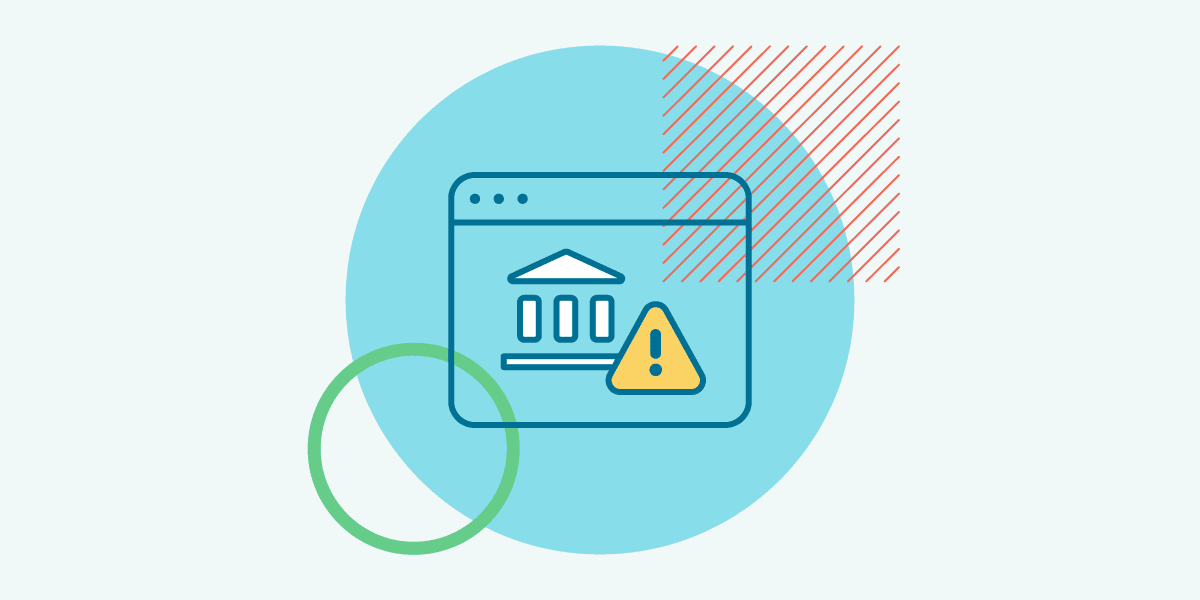Fideo Blog: Identity Fraud

Why Traditional Verification Solutions Are Failing Banks
In 2024, identity fraud cost American adults over $47 billion, a $4 billion increase from the previous year. Fraudsters are moving fast and getting smarter, but there’s a bigger problem facing banks.
Most traditional verification systems were built for a different era when static data could catch bad actors. Today modern fraudsters are outpacing legacy verification systems, leaving banks and their members increasingly exposed to risk.
Relying on static data isn’t good enough for today’s fraudsters
Traditional identity verification solutions rely heavily on static data, rule-based decisions, and siloed risk assessments. Many banks still depend on government-issued IDs or credit bureau data, sources that are often outdated and incomplete. Fraudsters know this and arm themselves with stolen personally identifiable information (PII), AI-generated identities, and manipulated documents to slip through the cracks.
Static data largely fails to detect synthetic identities, which are one of the fastest-growing threats in banking. Synthetic fraudsters play the long game, building fake credit histories and cultivating identities over time with a mix of real and stolen PII plus fabricated elements. As a result, fraudsters appear legitimate enough to pass through the system undetected, aided by banks’ fragmented data sources that don’t analyze real-time digital behaviors or cross-institutional fraud patterns.
With losses projected to reach $23 billion by 2030, synthetic fraud is a urgent threat that demands proactive action from banks. To stop bad actors before they get into the system, banks need a persistent identity framework that connects and evaluates risk signals across multiple channels in real time.
Why do banks still rely on outdated verification methods?
Given the scale and expense of today’s fraud threats, it’s fair to ask why so many banks still rely on verification tools that can’t keep up. Many institutions stick with outdated systems because operational dependencies make it easier to stay the course—even when that course is falling short. Additionally, banks may have concerns about longstanding relationships with vendors, the potential costs of switching, or challenges around regulatory compliance pressure.
It’s also not uncommon for banks to lack visibility into fraud losses, specifically synthetic fraud. These losses are often misclassified, showing up as credit charge-offs rather than flagged fraud cases. Without clear fraud labeling, it’s harder to quantify the problem and justify investment in better tools. But the data is clear—synthetic fraud is growing quickly and the reported numbers likely underestimate the actual impact.
Some banks are unaware of how much identity verification has evolved. Today’s most advanced solutions move beyond static checks, leveraging real-time digital behavior, AI-driven risk analysis, and alternative data to detect threats with far greater speed and precision.
Strong verification can’t come at the expense of customer experience
Today’s banks face another critical challenge: striking the right balance between stringent fraud prevention and a smooth onboarding experience for legitimate customers and members. This can be a difficult line to walk, especially for banks leveraging rigid, document-based processes. Legacy verification methods fall short of stopping bad actors, but they also create friction for legitimate users, which can lead to onboarding bottlenecks and increased abandonment rates.
The solution lies in a modern approach that integrates passive identity signals, real-time risk assessments, and AI-powered decision-making to verify users instantly without unnecessary friction.
Banks need a smarter approach to identity verification
Banks need a solution that can identify bad applicants at the gate, especially synthetic identities, without slowing down legitimate users. They also need a solution that evolves as quickly as fraud does—unlike traditional platforms that collect static data.
Fideo delivers exactly that. Our iFIN Network actively generates real-time identity linkages, transforming disconnected signals into actionable intelligence. It analyzes dynamic digital footprints, behavioral signals, and cross-institutional fraud patterns, enhanced with insights from deep web research. Plus, it unifies all essential verification checks into a single, streamlined call.
Powering this are machine learning models trained on vast, multi-contextual datasets organized in an entity graph. This allows financial institutions to detect anomalies, link suspicious activity across entities, and preemptively block fraud attempts before expensive KYC processes are even triggered. With Fideo, all of this can be leveraged through one simple API or deployed in a no-code implementation orchestration environment.
And because our update cycles run continuously, our insights stay fresh and responsive to emerging threats—something traditional, static data providers simply can’t match.
Fideo leverages the most diverse and comprehensive data set available, including 307 billion identifiers and 3.2 billion known identities from public, private, and deep web data, financial institutions, eCommerce, call centers, web events, device/app usage, and human intelligence.
What’s more, switching to Fideo is easier than banks expect. With modern infrastructure and flexible integration, institutions can upgrade their verification capabilities without disrupting core operations. The payoff is immediate: a smarter onboarding process that instantly verifies users and keeps fraudsters out and delivers a seamless experience for legitimate customers and members.
Fraud is evolving fast. With Fideo, your verification strategy can finally keep up.
Connect with us to schedule a demo or request a free API key.
Which Fideo product is right for your business?
Fideo protects people and brands by empowering more trustworthy digital interactions. Start your journey with us to safeguard what your business values most.